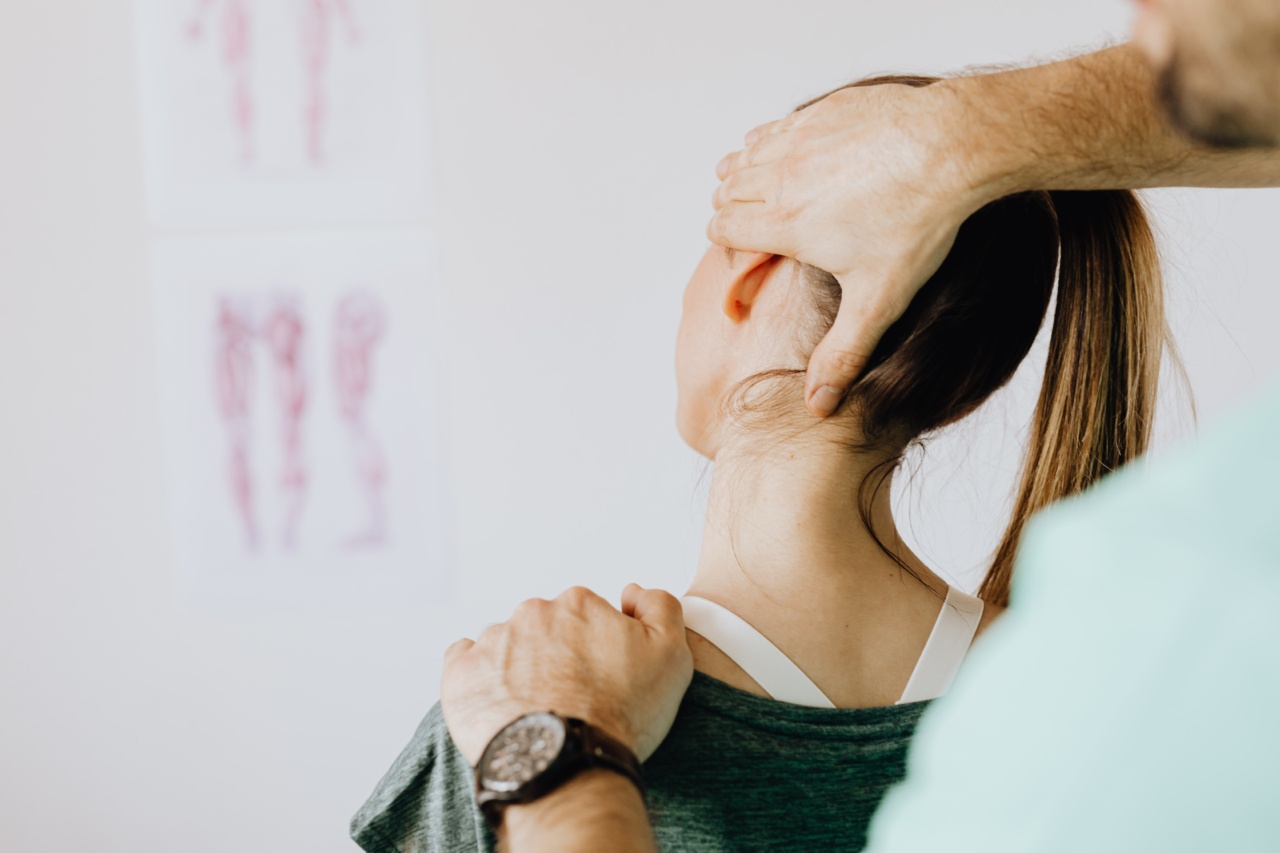As parents and caregivers, it is natural to panic when a child gets injured. Cuts and injuries can happen unexpectedly, and it is important to respond promptly and appropriately.
However, many well-meaning individuals make common mistakes when treating children’s cuts and injuries that could potentially worsen the situation. This article aims to highlight some of these mistakes and provide guidance on how to avoid them.
1. Ignoring the Severity of the Injury
One of the most significant mistakes parents make is underestimating the severity of a child’s cut or injury. Sometimes, what may seem like a minor injury can be more serious than it appears.
It is crucial to evaluate the injury carefully before determining the appropriate course of action.
2. Not Cleaning the Wound Properly
Another common mistake is failing to clean the wound thoroughly. In the case of a cut or scrape, it is essential to wash the area gently with mild soap and warm water. This helps remove any dirt or debris that could lead to infection.
Avoid using harsh chemicals or alcohol, as they can irritate the wound.
3. Covering the Wound with Dirty Bandages
When applying a bandage or dressing, many parents overlook the importance of ensuring that the materials used are clean. Dirty bandages can introduce bacteria into the wound, increasing the risk of infection.
Always use sterile bandages and change them regularly, especially if they become wet or soiled.
4. Using Inappropriate Bandages or Dressings
Choosing the proper bandage or dressing is crucial for the effective treatment of a wound. However, some parents use bandages that are too small, too tight, or not absorbent enough.
This can hinder the healing process and potentially lead to complications. It is important to select bandages that are the right size, allow for proper airflow, and provide adequate absorption.
5. Applying Ointments or Creams Incorrectly
While the use of ointments or creams can promote healing, it is essential to apply them correctly. Many parents make the mistake of applying too much ointment to the wound, thinking that it will facilitate faster healing.
However, excessive ointment can interfere with the wound’s ability to breathe and delay the healing process. Use ointments sparingly and only as directed by a healthcare professional.
6. Popping Blisters
Blisters are a common occurrence in children, particularly after burns or friction-related injuries. One mistake parents often make is popping the blisters, mistakenly believing that this will speed up the healing process.
However, popping blisters can introduce bacteria, leading to infection. It is best to leave blisters intact and allow them to heal naturally.
7. Not Seeking Medical Attention When Necessary
Some parents may have a tendency to dismiss certain injuries as minor and avoid seeking medical attention. However, it is crucial to recognize when professional medical care is necessary.
Deep cuts, injuries near vital areas such as the eyes or throat, severe burns, or injuries accompanied by excessive bleeding should be evaluated by a healthcare professional.
8. Failing to Administer First Aid Correctly
Administering first aid incorrectly is another common mistake made by parents and caregivers.
The proper use of methods like direct pressure for bleeding, cooling burns with cold water, or immobilizing suspected fractures can significantly impact the outcome of an injury. It is important to familiarize oneself with basic first aid techniques and regularly refresh the knowledge.
9. Not Monitoring the Wound for Signs of Infection
Even after initial treatment, it is crucial to monitor the wound for any signs of infection. Redness, increased pain, swelling, warmth, or pus-like discharge may be indications of an infected wound.
If any of these symptoms develop, it is imperative to seek medical attention promptly.
10. Failure to Educate Children About Injury Prevention
Lastly, a common mistake lies in failing to educate children about injury prevention.
Teaching children about safety measures such as wearing protective gear, being cautious around potentially dangerous objects, and avoiding risky behaviors can significantly reduce the likelihood of cuts and injuries in the first place. Prevention is always better than treatment.
In conclusion, it is crucial to avoid common mistakes when treating children’s cuts and injuries.
Parents and caregivers should ensure they accurately assess the severity of an injury, clean wounds properly, use appropriate bandages and dressings, apply ointments sparingly, and seek medical attention when necessary. Additionally, understanding and correctly administering first aid techniques, monitoring wounds for signs of infection, and educating children about injury prevention are vital steps to ensure a safe and speedy recovery for children.































